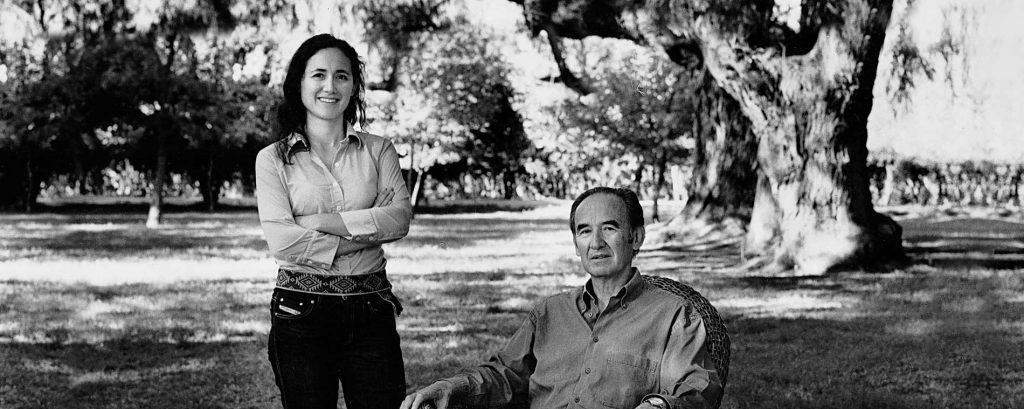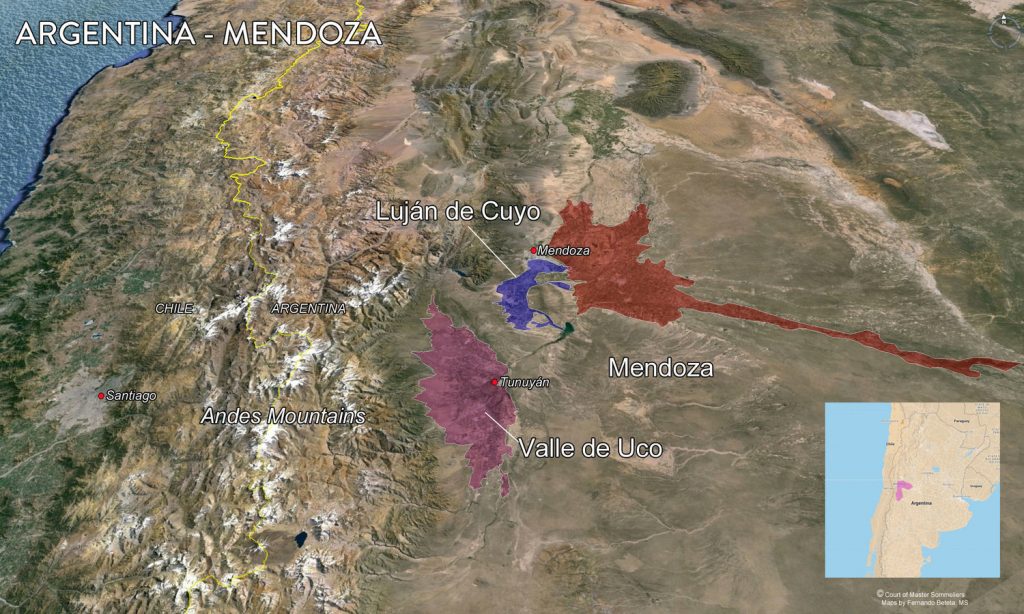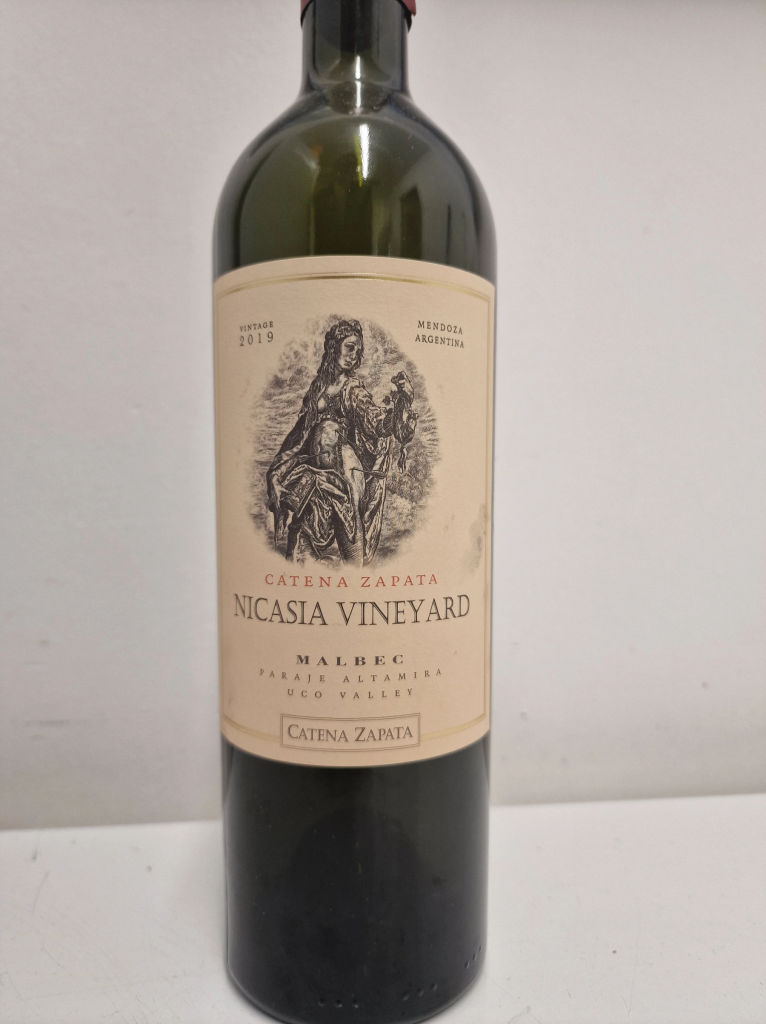Bodega Catena Zapata, nestled in the sub-appellation of Agrelo within Mendoza, Argentina, stands as a testament to the enduring legacy of the Catena family in the world of winemaking. Established in 1902 by Italian immigrant Nicola Catena, this family-owned winery has not only thrived through generations but has also played a pivotal role in shaping the Argentine wine industry. This essay explores the rich history and influence of Bodega Catena Zapata, highlighting its unique pyramid-like winery design inspired by Mayan architecture, its founding and evolution under the stewardship of successive generations, and its significant contributions to the development of high-altitude viticulture in Argentina.
The Architectural Marvel
One cannot begin to unravel the story of Bodega Catena Zapata without first acknowledging its striking winery structure. Designed with inspiration drawn from Mayan architecture, this pyramid-like edifice stands as a symbol of innovation and commitment to excellence. The winery’s distinctive design not only reflects the family’s dedication to their craft but also serves as a testament to the fusion of old-world winemaking traditions with a vision for the future.
Founding and Evolution
The origins of Bodega Catena Zapata date back to the early 20th century, when Nicola Catena, driven by a passion for winemaking, laid the foundation for what would become a renowned winemaking dynasty. Nicola’s commitment to quality and craftsmanship set the stage for the winery’s continued success. Under his guidance, the winery produced wines that gained local recognition and began to establish its reputation.
Domingo Catena, Nicola’s son, took the reins of the family winery and carried forward the legacy. It was during his tenure that the winery started to explore new frontiers in winemaking. Domingo’s vision, however, was fully realized through his son, Nicolás Catena Zapata, a true pioneer in Argentine winemaking.
Nicolás Catena Zapata: A Visionary Pioneer
Nicolás Catena Zapata, often referred to simply as Nicolás Catena, is a name synonymous with innovation in Argentine winemaking. He brought European winemaking techniques to Argentina, revolutionizing the industry in the process. One of his most significant contributions was the introduction of Malbec, a grape variety that would become synonymous with Argentine wine.
Furthermore, Nicolás Catena’s groundbreaking experiments led to the discovery that high-altitude vineyards in the foothills of the Andes Mountains possessed unique attributes ideal for grape cultivation. This marked the beginning of a new era in Argentine viticulture. Nicolás not only recognized the potential of high-altitude terroirs but also actively promoted their exploration and development.
Family Continuity: Laura Catena and Beyond
The Catena family’s commitment to winemaking excellence did not wane with Nicolás Catena’s achievements. His daughter, Laura Catena, followed in his footsteps, becoming a prominent figure in the family business. Laura’s passion for viticulture and her dedication to maintaining the family’s high standards have been instrumental in ensuring the winery’s continued success.

In addition to Laura Catena, other members of the Zapata family have also played crucial roles in the winery’s operations and management. This family-centric approach has been pivotal in preserving the winery’s identity and traditions while simultaneously driving innovation and progress.
Mendoza: The Heart of Argentine Winemaking
Mendoza Province, where Bodega Catena Zapata is located, occupies a central position in the landscape of Argentine winemaking. Covering approximately 167,704 hectares (414,405 acres) of vineyards, it accounts for a staggering 70% of the country’s wine production. Mendoza is celebrated not only for its quantity but also for its exceptional quality, thanks to its diverse terroirs.
Within the Mendoza appellation, legally recognized as “Indicaciones Geográficas” (IGs), there are distinct sub-appellations that play a pivotal role in shaping the terroir of Argentine wine. These sub-appellations vary significantly in terms of soil quality, altitude, and climate, factors that profoundly influence the characteristics of the wines produced within them.

The Significance of Sub-Appellations/IGs
Mendoza’s sub-appellations and IGs are critical in defining the unique terroir of Argentine wine. Wines bearing the label of a particular appellation or IG must be sourced entirely from vineyards located within that specific IG. This stringent requirement ensures that the wines reflect the true essence of their terroir.
Tupungato Chardonnay: A Testament to Terroir
One of the most compelling expressions of Mendoza’s terroir is found in the Tupungato Chardonnay produced by Bodega Catena Zapata. With a family history steeped in winemaking that spans over a century, the Catenas have been at the forefront of pioneering high-altitude viticulture in Argentina.
Over two decades ago, Nicolás Catena Zapata made a significant decision to plant Chardonnay vineyards in the Tupungato appellation. This region, characterized by pebble-covered soils and extreme cool nights, provided the ideal conditions for cultivating Chardonnay grapes of exceptional quality. Tupungato’s location between 4,000 and 5,000 feet in the foothills of the Andes Mountains contributes to the unique character of these wines.

The Catena Approach
The wines crafted by Bodega Catena Zapata are a testament to their commitment to quality and innovation. The stewardship of fourth-generation vintner Laura Catena and chief winemaker Alejandro Vigil underscores this dedication. While many Catena wines are enjoyed shortly after release, they also possess the remarkable ability to age gracefully for ten to twenty years.
Through decades of meticulous study and exploration within Mendoza’s high-altitude mountain terroirs, the Catena family has identified and cultivated special locations for its Estate vineyards. These historic vineyards, when combined, yield wines of unparalleled character, natural balance, concentration, and a distinct varietal identity.

Conclusion
Bodega Catena Zapata stands as an enduring testament to the vision and commitment of the Catena family to the world of winemaking. From its inception in 1902 by Italian immigrant Nicola Catena to the pioneering efforts of Nicolás Catena Zapata in introducing European winemaking techniques to Argentina, the winery’s journey has been one of relentless pursuit of excellence.
Furthermore, the winery’s dedication to high-altitude viticulture and its exploration of Mendoza’s diverse terroirs have left an indelible mark on the Argentine wine industry. The family’s role in promoting the importance of sub-appellations/IGs in defining the terroir of Argentine wine has added depth and complexity to the nation’s vinicultural landscape.
In the heart of Mendoza, Bodega Catena Zapata continues to produce wines that capture the essence of Argentina’s terroir. With Laura Catena and her family’s unwavering commitment to quality, the legacy of Bodega Catena Zapata remains secure, ensuring that it will continue to be a shining beacon in the world of Argentine winemaking for generations to come.
Cobos s/n
Luján de Cuyo (5509)
Mendoza
Argentina